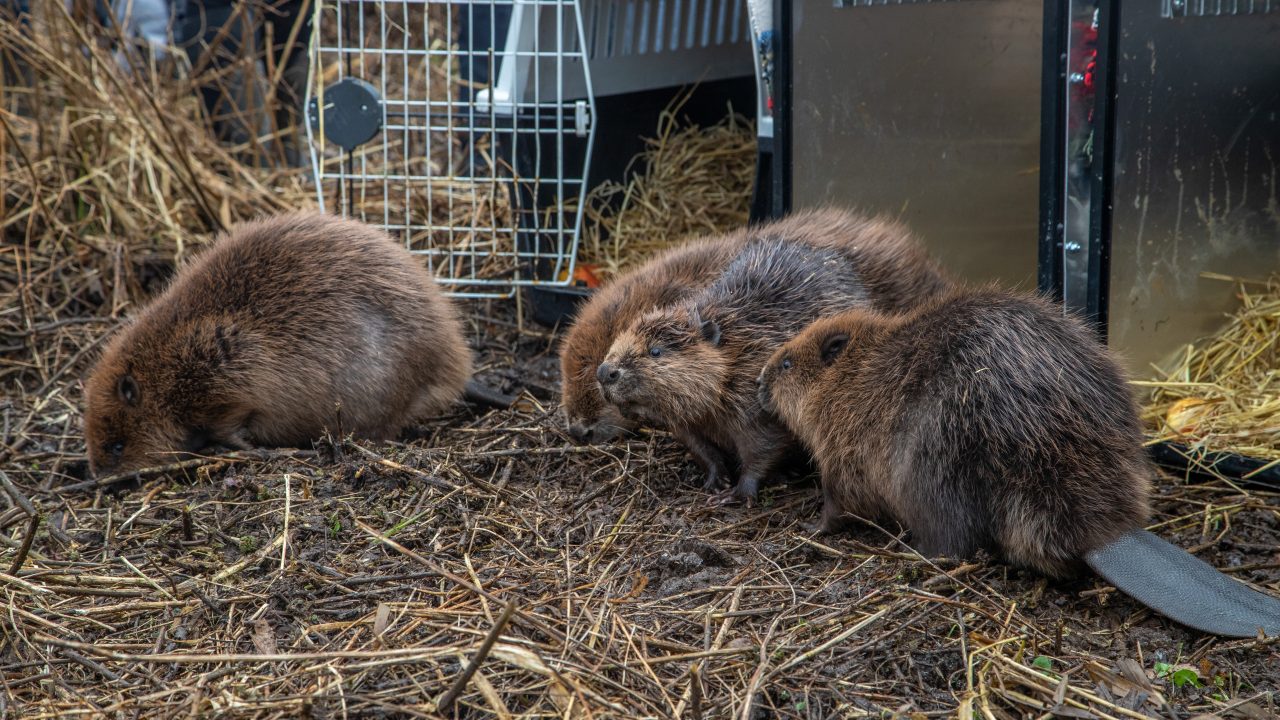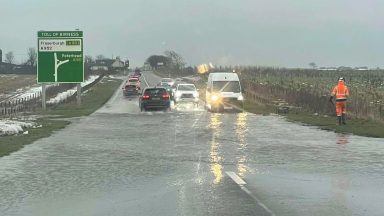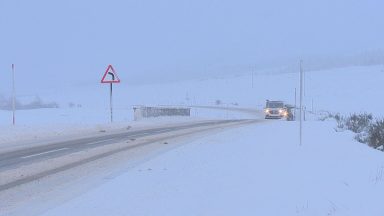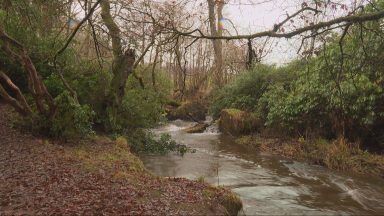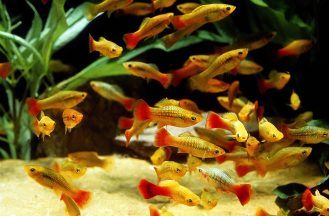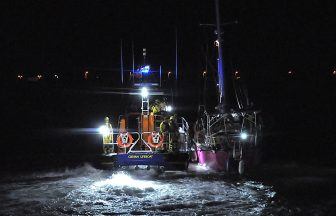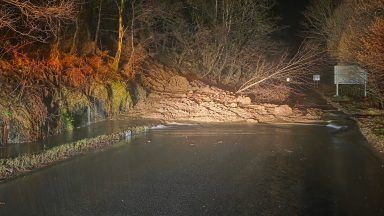A family of beavers has been released in Loch Lomond – marking another major milestone for the species’ return to Scotland.
A pair and their five young offspring were moved from an area in Tayside, where beaver activity was having a serious impact.
Loch Lomond is the third location for beaver translocation since the initial reintroduction trial at Knapdale in Argyll began in 2009.
It involves safely trapping and moving the animals to a more suitable area, rather than culling them when they cause problems.
Following a series of health tests and checks, they were released on Friday at the Loch Lomond National Nature Reserve (NNR), which is jointly managed by RSPB Scotland, Loch Lomond and the Trossachs National Park Authority and NatureScot.
Anne McCall, director of RSPB Scotland, said: “We are delighted to have been able to offer a home to this family of beavers, speeding up their return to Loch Lomond.

“The National Nature Reserve, with its mix of open water, fen and wet woodland is a perfect place for them.
“As nature’s engineers they manage and create habitat in ways we could never hope to replicate.
“We are looking forward to seeing the many benefits this should bring to other wildlife, from birds to dragonflies, fish to frogs, both on our nature reserve and in the wider NNR.”
The licence to move beavers to Loch Lomond was granted late last year by government agency NatureScot.
The family of beavers were captured and then underwent a series of health checks and tests at the Five Sisters Zoo in West Lothian, where they were held until the release day.
Both the beavers and habitat will now be closely monitored to see how they settle in and begin to modify the wetland.
This will include remote monitoring of water levels, using camera traps to directly monitor beavers and mapping field signs of beaver activity.
Gordon Watson, chief executive at Loch Lomond and The Trossachs National Park Authority, said: “These are not our first beavers – beavers have already been moving into other areas of the National Park for many years now and surveys show that they are likely to thrive in the habitat around Loch Lomond.
“Evidence shows that beavers can co-exist with us in modern landscapes and bring multiple benefits, from creating wetland habitats that support multiple species to helping mitigate flooding.”
NatureScot chief executive Francesca Osowska said the release marked “an important step in helping to restore biodiversity and respond to the climate emergency in Scotland”.

Biodiversity minister Lorna Slater was among ten people present as the beavers were released.
She said: “This once-lost species were driven to extinction in Scotland, but are becoming an established part of our natural environment once again.
“Through translocation projects like this one, beavers are slowly being reintroduced across the country and helping to promote biodiversity and restore nature.
“Now children growing up in Scotland will grow up alongside beavers – learning about the amazing things that they do, like natural flood management, and creating wetland habitats that support a range of other species.
“This represents an amazing story of regaining something that was lost, of getting that abundance back and passing on a nature-positive legacy for future generations.”
Follow STV News on WhatsApp
Scan the QR code on your mobile device for all the latest news from around the country


